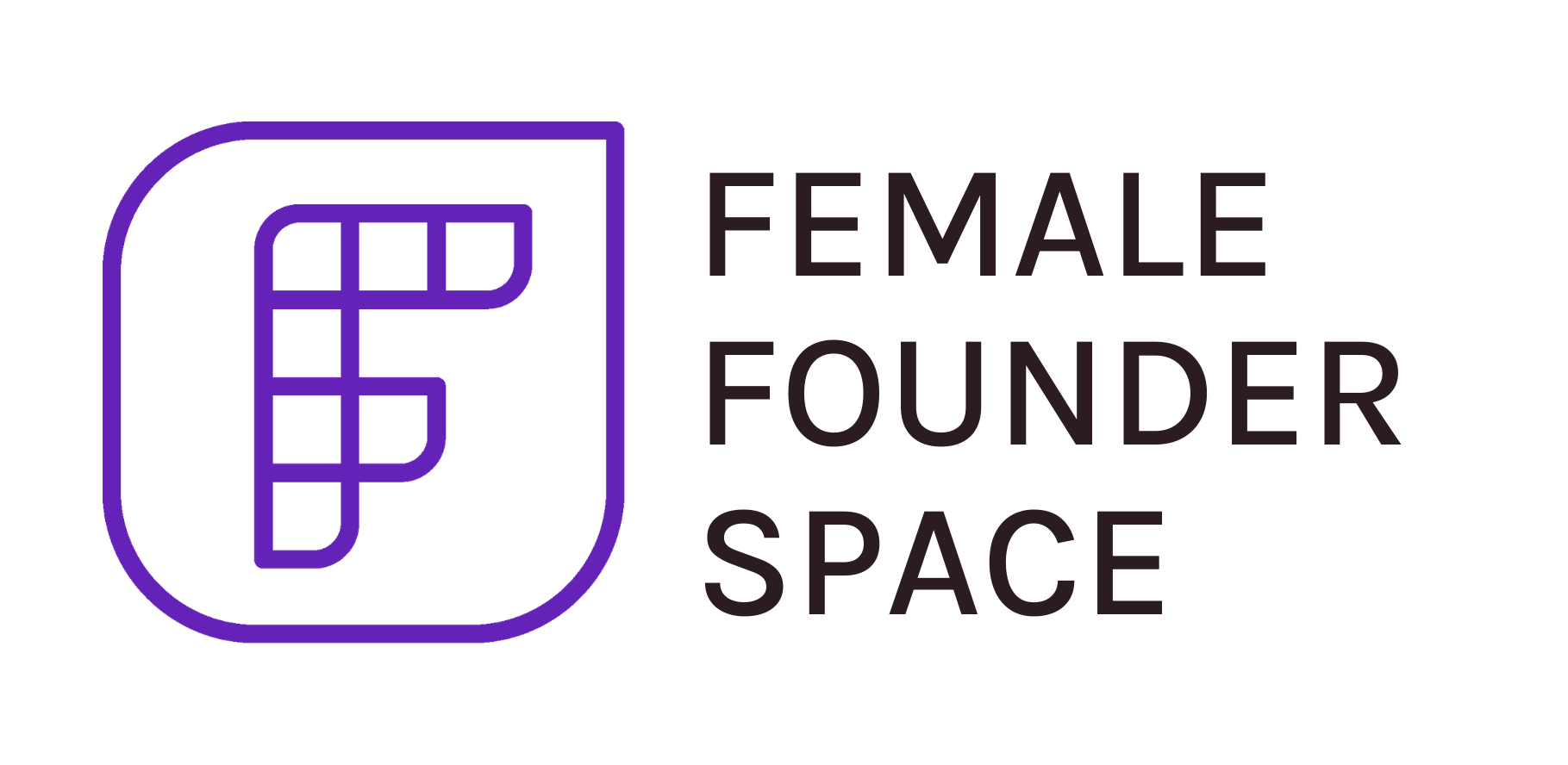Step 2: Choose Your Target Audience
Transcript
So important to know your target audience because if you talk to everybody, you talk to nobody. Actually, by niching down and being really clear about who you help, you’ll actually resonate with many more people than not one person that you are trying to talk to. So ideally we’re trying to talk to a single person. People call it the ideal client avatar and the one person that you would want to work with time and time again. So, if you take my introduction, for example, we’re saying the one person that I want to work with the big outcomes after we worked together, and how I do that now, most people get stuck in the method, you know? So, say you help busy moms with stress and anxiety and you’re doing that through coaching. Well, you can also get the same output by reflexology or something else.
It’s not about the method, it’s about the outcome. That’s why that part comes last. So if I say I’m helping scientific women, struggling with ‘what’s next’ to achieve purposeful career direction by restoring confidence and developing a five-year vision plan. Now, I’ve had men in science contact me because the actual outcomes resonate with them. I’ve had people outside of science contact me because the outcomes resonate with them. So by talking to specific people, it’s actually widening the net. But that is so difficult to do when you first start out because you keep saying to yourself, well, I don’t want to make it too specific because it could be good for any mom anywhere in the whole wide world or any professional in any profession. And I don’t want to limit myself. But actually, if you tap into your purpose as to why you started it in the first place, you will find the person that you want to help over and over again.
So, when we have what’s called [the] our one person that we want to help one person, one problem, one solution, we need to do this piece around what the problems are, so that when we put pieces of content out, called actions to these people to speak to us, that it resonates with them in a language that is coming from their mouth. So, if I do, you know, a piece of market research and I capture the exact words that they’re using. In fact one example would be, you know, I’ve got the house, the car, the two kids, and yet I still feel like this. Someone actually said that to me and I can use that in the text. And other people go, “oh my gosh, that sounds just like me”. And because the words are just right. Actually, if we’re very specific about the problems, people will skip over the parts that don’t resonate with them.
